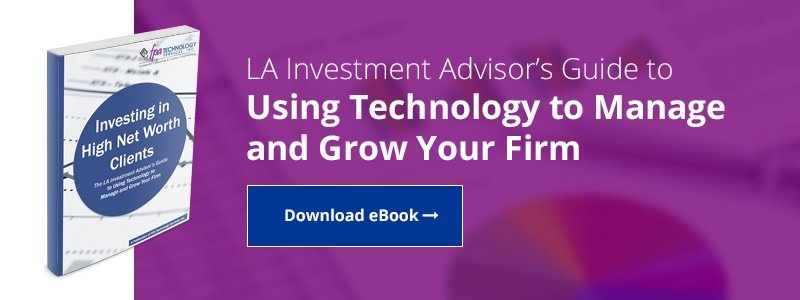 Whatever the size of your investment firm, data backup is an operating requirement. It protects important information from being irretrievably damaged or wiped out by natural disasters or server failure.
Whatever the size of your investment firm, data backup is an operating requirement. It protects important information from being irretrievably damaged or wiped out by natural disasters or server failure.
There are different data backup solutions on the market: software-based, cloud-based, and professional data protection services. The best option for any firm depends on company size and budget.
This article examines the different backup types and the advantages and disadvantages of each.
Local Backup
With this type of backup, the medium for storing the data is in the same area (i.e. the same building) as the machine(s) being backed up. Information is usually stored on a CD-ROM, USB stick, external hard drive or Network Attached Storage (NAS). Lost data can be restored quickly because the backup is easy to access.
Because no third party services are involved, the firm maintains complete control over the storage medium and data security. But since the backup is close to the source, any natural disasters that strike will damage both of them, so this method will not work for irreplaceable data.
Offsite Backup
This method involves the backed-up data being stored in a different location from the source, such as another branch office or a safe deposit box. Compared to local backups, the data is better protected against fire, theft or natural disasters.
The disadvantage is that repeatedly conveying the storage device to a remote location increases the risk of damaging the data.
Cloud Backup Services
Also known as remote or online backups, these backups send data on a regular or continuous basis to an offsite storage medium (usually in a commercial data center), using an Internet or network connection. The information being relayed is normally compressed and encrypted prior to transmission.
Online backup repositories are normally built to certain earthquake and fire safety specifications, have 24-hour security, and backup generators to handle power outages. The data is replicated across several devices, and multiple Internet connections ensure that no single crisis brings the entire service down.
Online backups are the preferred option for businesses that need uninterrupted access to company files. Their disadvantages, which are minor in light of their data protection ability, are higher price, slow initial backup times, and the fact that restoring data can be a longer process.
Bottom Line
Data is the most important aspect of an investment firm’s computer systems. Applications and operating systems can be reinstalled, but lost data is difficult or impossible to replicate. Los Angeles investment firms need to continually back up important client and company files and have a plan in place for recovering from a system failure.
Ideally, data backup solutions should be both automated and continuous, a process similar to the way anti-virus programs work. The program runs in the background, copying data in real-time, ensuring that recent and clean copies are continually available.
What data backup solutions does your investment firm use? Have they consistently come through when data has needed to be restored? Let us know your thoughts in the Comments box below.
And to follow-through on the tips introduced in this short article, be sure to download your free guide, Investing in High Net Worth Clients: The LA Investment Advisor's Guide to Using Technology to Manage and Grow Your Firm.
/fpa-logo-tagline.gif)






